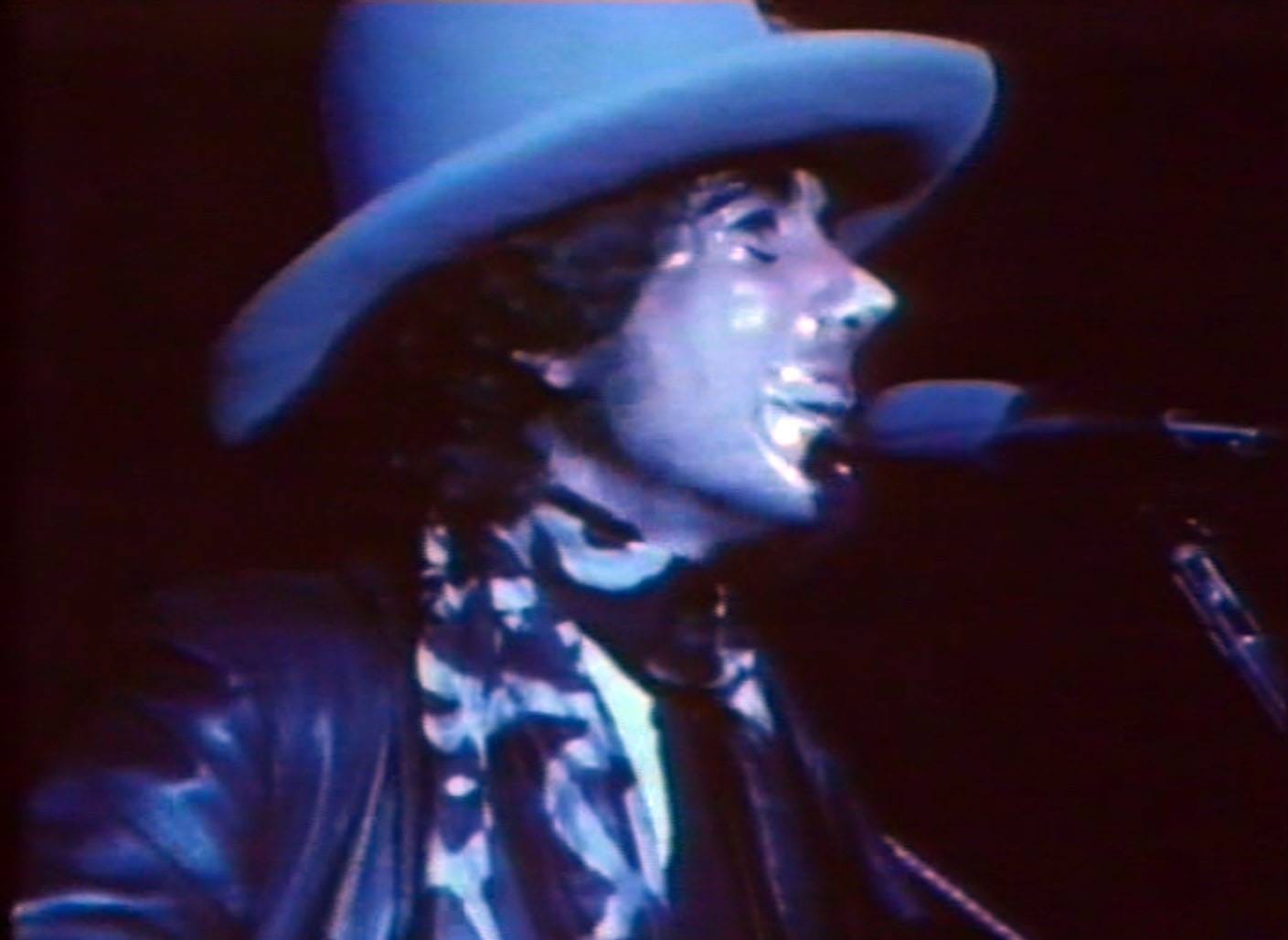Rolling Thunder Night 2: Plymouth (Again)
1975-10-31, Plymouth Memorial Hall, Plymouth, MA
Flagging Down the Double E’s is an email newsletter exploring Dylan shows of yesteryear. I’m currently writing about every show on the Rolling Thunder Revue. If you found this article online or someone forwarded you the email, subscribe here to get a new entry delivered to your inbox every week:
For a tour as purportedly freewheelin' as Rolling Thunder - small clubs, random towns, minimal promotion, shifting lineups - it's surprising how polished these opening two nights in Plymouth, Massachusetts are. Pretty much everything we'd come to associate with the Rolling Thunder Revue was present from the outset, from the structure of the show to the songs performed. Shows would change some from night to night, of course - if they didn't, I wouldn't bother following it - but the template was pretty firm from the start.
A big part of that comes from Dylan and the band, who dubbed themselves Guam. "Tight" seems like an odd word to apply to this group, but, in their ragtag way, they are. The arrangements have been worked out, the setlist carefully constructed, the musicians hitting on all proverbial cylinders. The tour presents itself as a motley crew of friends just hanging out and goofing around, but that’s not the full story. A performance like tonight’s is the sort of hard work that makes it look easy.
The story is always that Rolling Thunder arose out of Dylan's dissatisfaction with his megabucks '74 Band reunion tour. Sure enough, in terms of everything from the venues to the general backstage vibe, the difference couldn't be much starker. But the similarities are there too, and less remarked upon. Both tours featured a group of terrific musicians reinventing songs from Dylan's back catalog while presenting new material they'd recently recorded with Dylan. Both tours featured extended sets for the backing bands, where Dylan would leave the stage for a while.
Finally, both tours in some ways mirrored how popular music genres made the transition from the ‘60s to the ‘70s. The '74 tour brought into the new decade the Rock Dylan that had emerged in his final ‘60s tours. Like ‘70s rock generally, it came in a glossier, more polished package, with money at times being thrown around faster than imagination. The Band is obviously a million times better than, say, Chicago or Grand Funk Railroad, but that sort of '70s rock shine peeks through on that ‘74 tour. It’s a far cry from their ramshackle days at Big Pink.
Then this '75 tour brought Folk Dylan into the '70s, expanding that persona from an acoustic guitar-strummer in the Village to a bigger folk-rock sound. "Folk-rock" by the '70s often meant Crosby, Stills, and Nash or The Eagles and you can hear similar impulses behind some of the arrangements of Rolling Thunder, even if they ultimately land in different places (Neuwirth and Dylan’s harmonies aren’t quite CSN-level, to say the least).
Like night one, this second Plymouth show has never been officially released, but you may already know one song from it. This show marks the arrival of the Renaldo & Clara camera crew, and "When I Paint My Masterpiece" was used to open the film:
"What's wrong with his face?" you ask? This show also marks the debut of Dylan wearing various costumes onstage - appropriate for Halloween, though it would extend well beyond. It's not immediately obvious from the footage, but this odd plastic face covering was apparently a Richard Nixon mask. Perhaps he intended to wear it the entire show, but he ends up whipping it off during "It Ain't Me Babe" when he needs to play harmonica. Can't imagine it was easy to sing under that thing. Must have been sweaty too.
Here's the breakdown:
Rolling Thunder II: Plymouth
Keep reading with a 7-day free trial
Subscribe to Flagging Down the Double E's to keep reading this post and get 7 days of free access to the full post archives.

